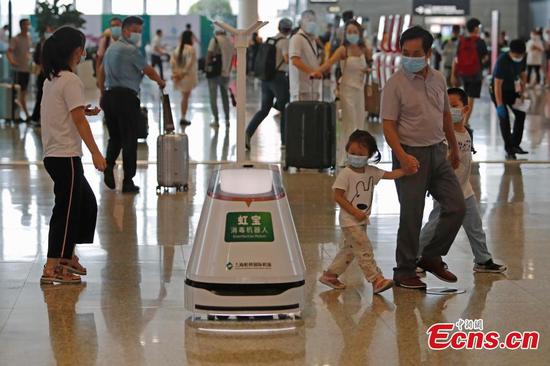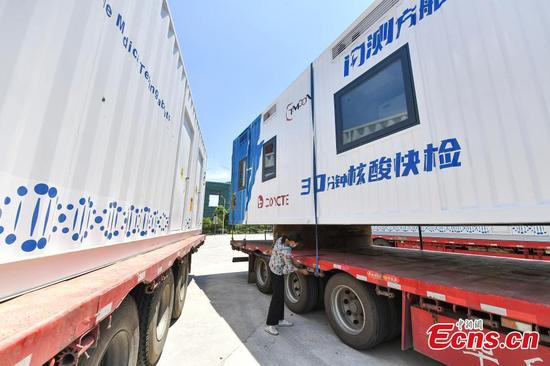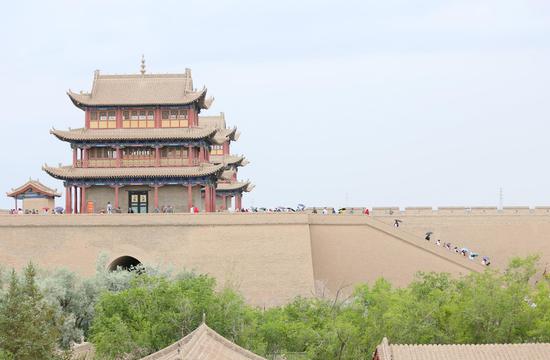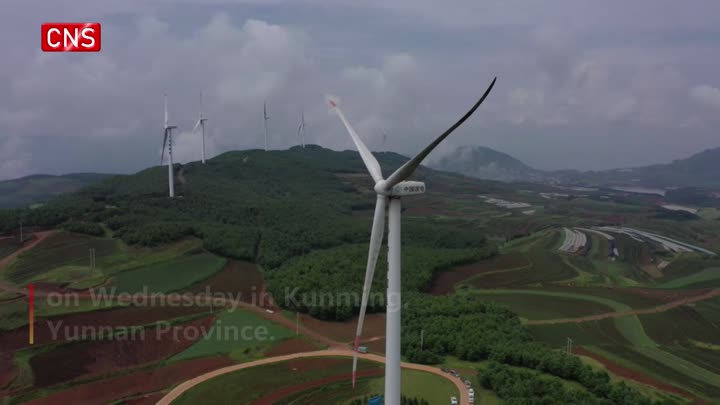
Rescuers disinfect a primary school in Weihui, Henan province, on Wednesday. The school is being used to accommodate people affected by the recent flooding in northern Henan. (Xinhua)
Ten days after floodwaters claimed the lives of six people in the Jingguang Expressway tunnel in downtown Zhengzhou, Henan province, traffic slowly resumed.
On Friday, a two-way lane opened and all cars entering the tunnel honked their horns and flashed their lights as a mark of respect for the dead.
On July 20, heavy rain hit Zhengzhou, causing citywide flooding. Over a 24-hour period, 624.1 millimeters of rain fell, close to the city's annual average rainfall of 641 mm.
As the deluge hit, water quickly filled the Jingguang Expressway tunnel, which consists of three sections. A total of 247 vehicles were submerged, and five men and one woman were killed, according to the Zhengzhou government.
Yang Junkui, a driver with a car-hailing service platform, said when he passed the tunnel at around 4 pm on July 20, water was pouring in "as swift as big waves".
As the water level rose quickly, the wheels of his car were lifted off the ground. He jumped out of the car and persuaded nearby motorists to abandon their vehicles.
"The water level went up so quickly that when some drivers realized the danger, they were unable to open their car doors," he was quoted as saying by China National Radio.
A total of 2,000 rescuers worked nonstop for five days to pump all the water, more than 600,000 cubic meters, out of the tunnel.
The tunnel is equipped with a drainage system, but it apparently failed to cope with such a huge flood. An essay published in 2013 by the Engineering Survey, Design &Research Institute of Zhengzhou said the northern section of the tunnel has an automatic drainage function. Two pump stations in the section start running automatically after water accumulates to "a certain level", the essay said
Ramps at the tunnel entrances were also specially designed to try to prevent floodwater from entering the area.
However, the Zhengzhou's tunnel maintenance center said the downpour far exceeded the design capacity of not only the tunnel, but the entire city, to deal with heavy floods.
Rainwater cascaded over expressway barriers, sharply increasing the water level in the tunnel, according to a Southern Metropolis Daily report.
"The scenario back then was the entire city was flooded … there was no more space to accept accumulated water in the tunnel," the report said, quoting an unnamed city official.









